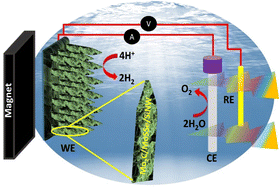J. Mater. Chem. A, 2023, 11,21078-21088
DOI: 10.1039/D3TA03285J, Paper
DOI: 10.1039/D3TA03285J, Paper
Pengyan Li, Yuhang Lin, Zhenhong Qi, Dongpeng Yan
Photocatalytic CO2 reduction into fuels is desirable; however, realizing efficient CnH2n+1OH (n = 1, 2) synthesis that involves multielectron-coupled proton transfer alongside C–C bond formation remains a challenge.
The content of this RSS Feed (c) The Royal Society of Chemistry
Photocatalytic CO2 reduction into fuels is desirable; however, realizing efficient CnH2n+1OH (n = 1, 2) synthesis that involves multielectron-coupled proton transfer alongside C–C bond formation remains a challenge.
The content of this RSS Feed (c) The Royal Society of Chemistry

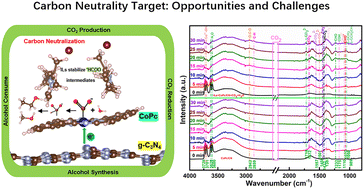
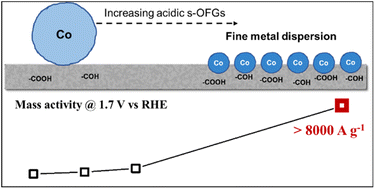

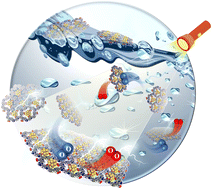
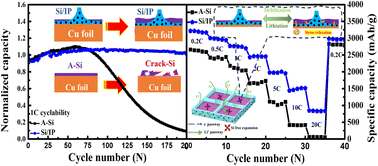
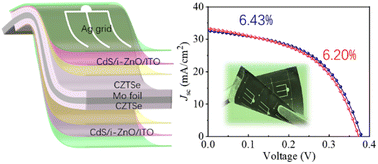
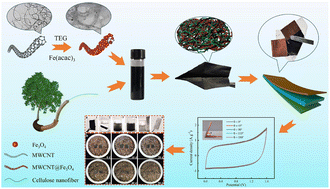
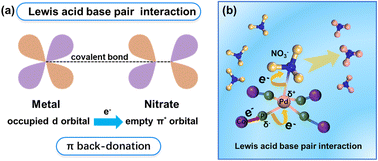

 Open Access
Open Access
